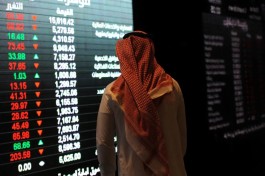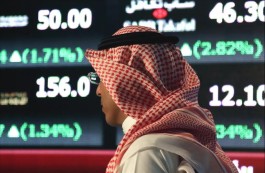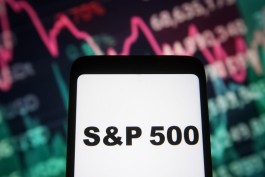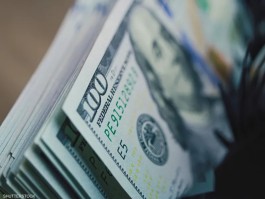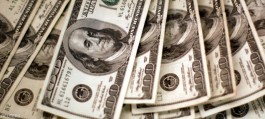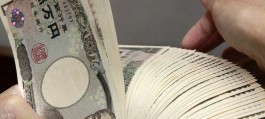The gold bulls' fanciful expectations were stymied on Friday by a surprise rally in the US Dollar Index, which ended with the yellow metal's biggest one-day loss in three weeks.
The change in the dollar's fortunes came after Fed Governor Christopher Waller, one of the Fed's top rate hawks, said he wanted more monetary tightening despite evidence that US inflation is falling from four-decade highs. High interest rates are in favor of the dollar, while gold, which is a store of value, is affected by high rates.
The gold price for June delivery on New York's Comex settled at $2,015.80 an ounce, down $39.50, or 1.9%, on the day. The lowest price of gold in June was $2,006.20.
Gold posted gains on Thursday of $30, or 1.5%, in gold for the month of June. This was the largest one-day drop in the gold futures contract since it plunged 2.1% on March 31. For the current week, gold closed for the month of June down 0.5%.
The spot gold price, which was closely watched by some traders, reached $1,992.46 in the latest session.
Until Friday's surprise turn, gold bulls were in their most elated period in less than a week, gaining more than $52, or 2.6%, in just three sessions between Monday's close and Thursday's settlement.
In the short term, gold could remain very volatile in both directions here, said Ed Moya, analyst at online trading platform Onda.
Sunil Kumar Dixit, gold chartist, agreed, saying the tilt might be a bit more negative after Friday's move.
The $55 drop from the $2,061 high leaves gold's daily settlement with a potential bearish engulfing pattern, said Dixit, chief strategist at SKCharting.com, while the weekly settlement makes a hesitant doji with a bearish slope.
Going into next week, Dixit said there is a possibility that Friday's low of $1,992 for spot gold could extend to $1,981.
Gold needs new catalysts to advance towards $2035 in order to restore its bullish trend and retest the $2061 target to achieve record highs above $2,079 and $2,089.
Despite the recent setback for gold, Moya said there are enough reasons for investors to remain positive about the safe haven.
He added that the Fed's hawkish comments raised the risk of further Fed monetary tightening post-May and that interest rates may need to stay higher for longer. In order to beat inflation, we will need to see economic pain (recession) and this should support the bullish case for gold.
The Fed raised US interest rates by 475 basis points over the past 13 months to fight inflation, bringing them to a peak of 5% from just 0.25% after the coronavirus outbreak in March 2020.
While it is still too early to predict what the central bank will do with its next interest rate decision in May, some economists are seeking another 25 basis point increase based on job growth for March - which came in at around 240k against the Fed's wish. For growth of 100,000 or less.









